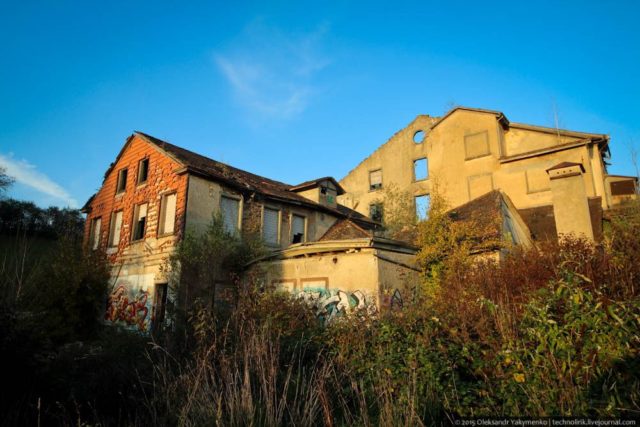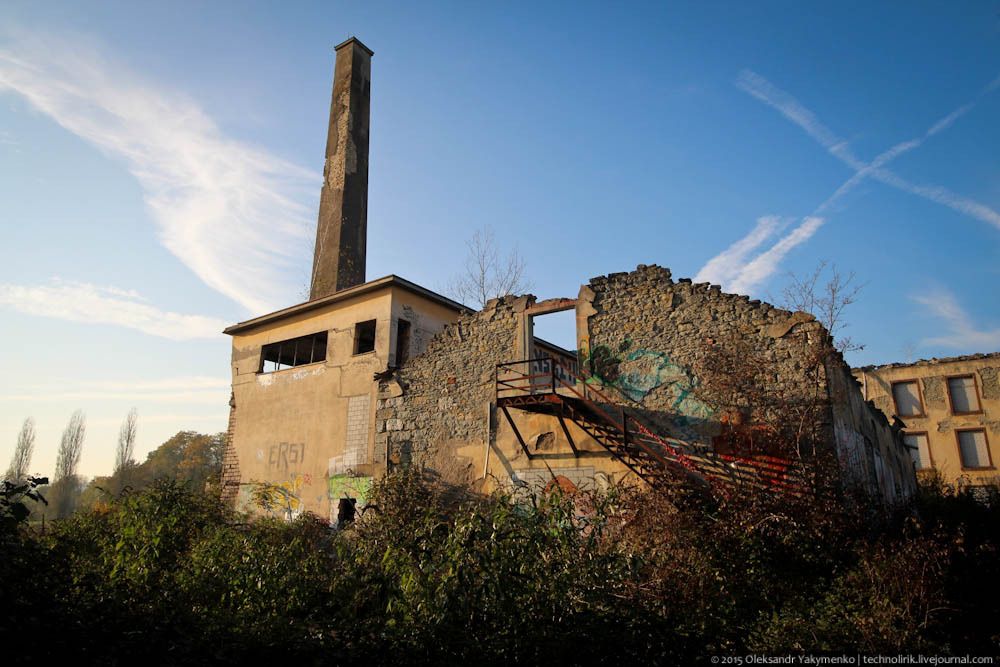Despite the fact that Zurich, Switzerland, is a city with a good quality of life, you can still find abandoned places in and around it. This would include the abandoned spinning mill called Spinnerei Jakobstal, which is located not far from Zurich Airport.
The buildings making up the mill, which were once a source of industry and income, now stand in ruins, the stones blackened by traces of fire and covered with graffiti. However, the derelict buildings have become an attraction that is visited by locals and tourists.
Although there is a fence around the site, this is not an obstacle for visitors since the gates are always open. As a result, the walls of the mill have become a gallery for street art.
However, even with easy access, visitors to this abandoned place should still be careful. The Spinnerei Jakobstal is in terrible condition. Some buildings are at risk of collapse, while others have already tumbled down in whole or in part.
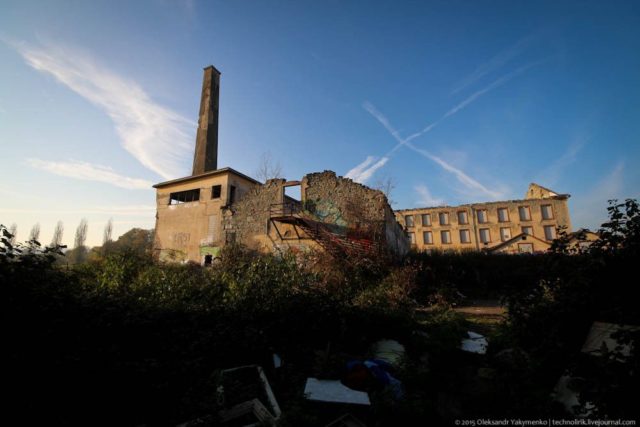
The spinning mill was built between 1863-1865 on the site of an old mill with the river nearby. Initially, the factory processed cotton into fiber, and the workers were mainly women.
In the 1970s, global cotton prices fell sharply. Sadly, the factory was unable to continue production with such a price decrease, so it was closed in 1982.
After a short period of time, businessman Oscar Mayer bought the site and the former factory. Initially, his goal was to build a hotel with a restaurant. However, in 1991, he changed his plans and decided to create either an office center or an amusement park with a fitness club.
However, it turned out that the canton of Zurich had put the former factory complex on the list of historical monuments back in 1986. This meant that there were restrictions on the changes that could be made to the factory’s appearance.
Oscar Mayer suggested that he would be able to change the buildings externally. However, the canton’s council rejected his ideas.
In 1995, there was a big fire, which had terrible consequences for the already abandoned factory. The factory floor was destroyed. The roof completely collapsed onto the remains of the first floor, thereby preventing access to all the equipment and ring spinning machines.
From that moment on, the building began to deteriorate faster.
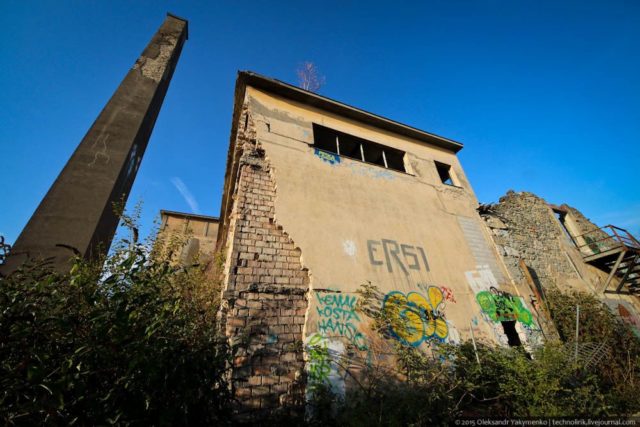
In 2003, another fire occurred. This time, the landowner’s house was damaged; it had been built in 1800 and was part of the factory complex. Since two fires and a lack of attention had turned the complex into ruins, the factory was struck off the list of historical monuments in 2012.
The factory complex belongs to the city council of the town of Bulakh. For many years, the council has been negotiating on the future of this site. There is talk of building an office complex but there were also proposals put forward to construct housing. Ideas for rebuilding the factory have not been considered at all.

Unfortunately, this historic site is covered with debris – both ordinary trash and construction waste. Because of the convenience of its location and the ease of access, many locals take their garbage here and use the site as a free dump.
With no roofs on the buildings due to the various fires, rainwater often gets in. However, the state of ruins hasn’t deterred local teens who gather there to have parties.
Furthermore, there is now practically no free space on the walls of buildings due to the huge amount of graffiti. The street art lends some life and color to the destroyed factory.
Big thank you to Alexander and his Livejournal account for his interesting photographs and stories about some abandoned places, mostly in Germany. To see more photos and facts about this location, check out his article!
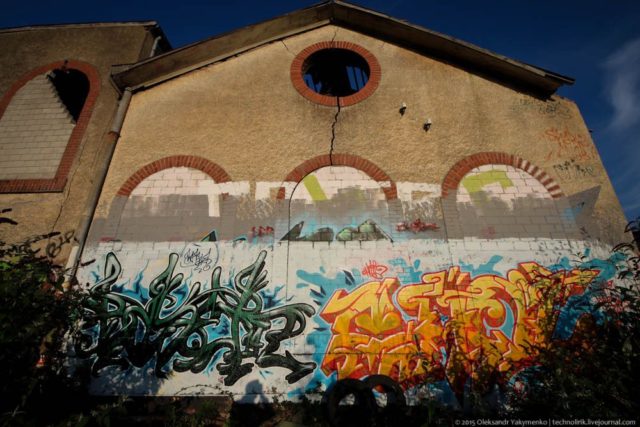
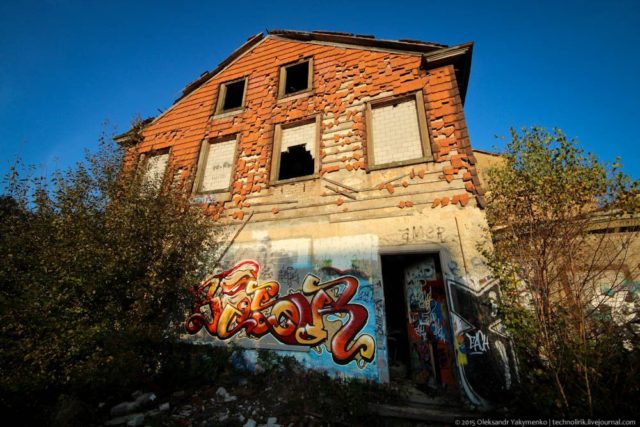
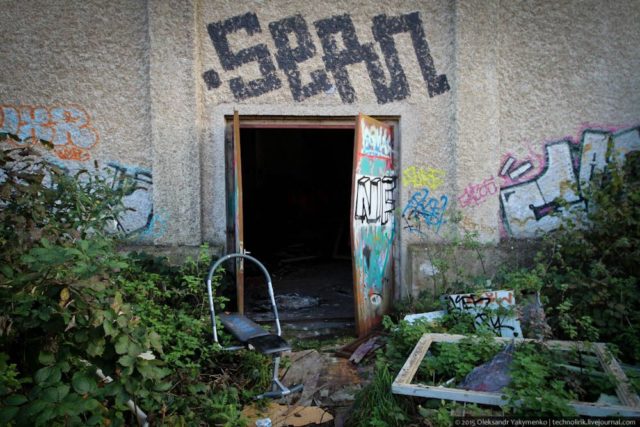
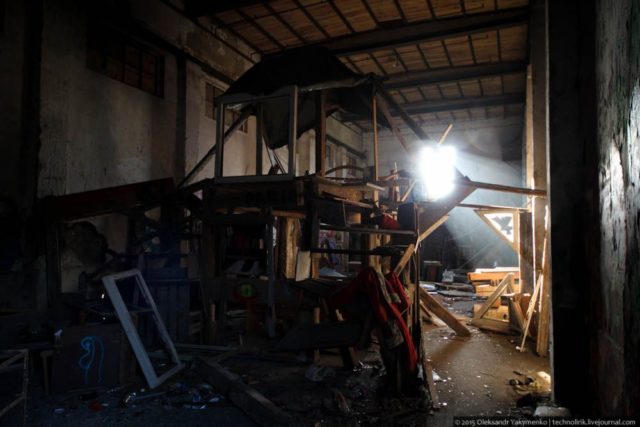
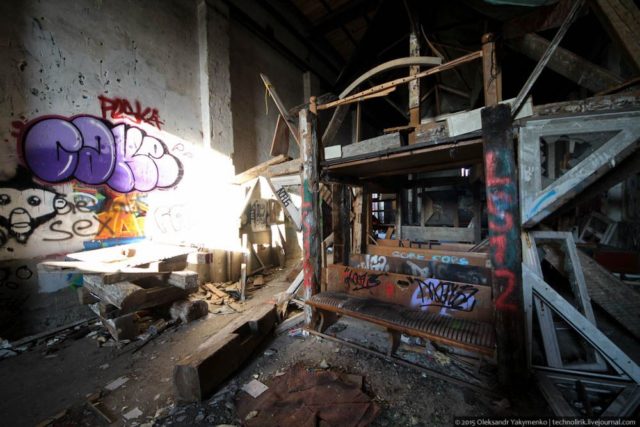
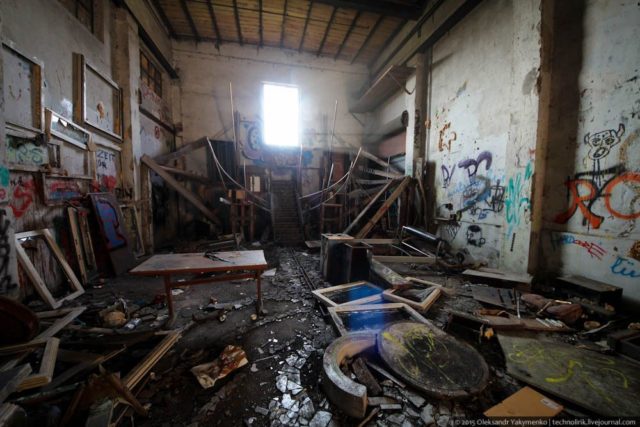
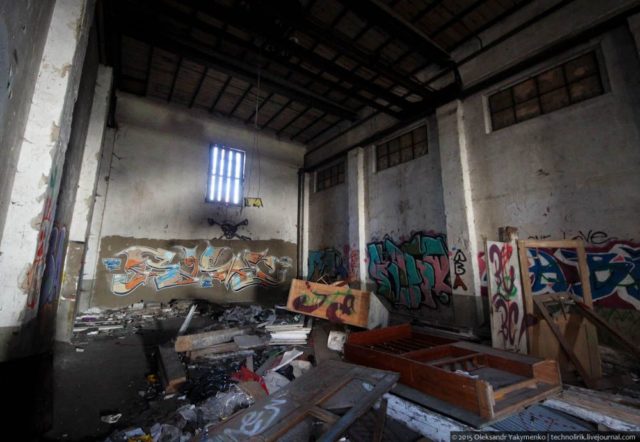
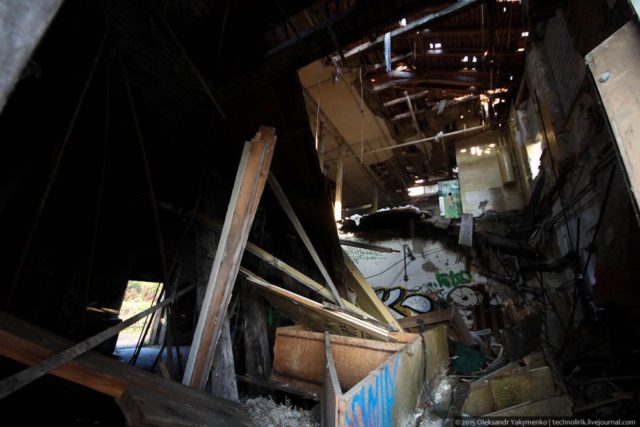
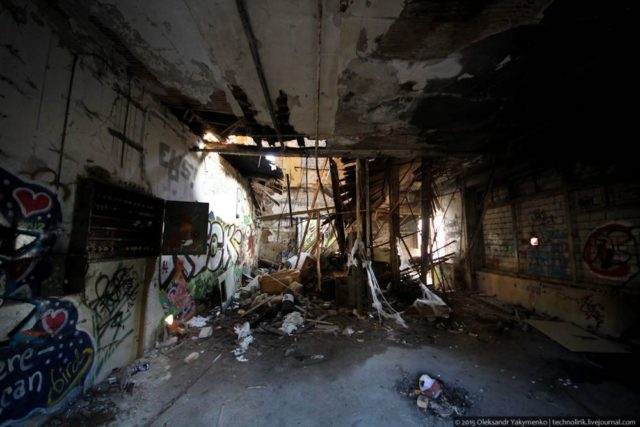

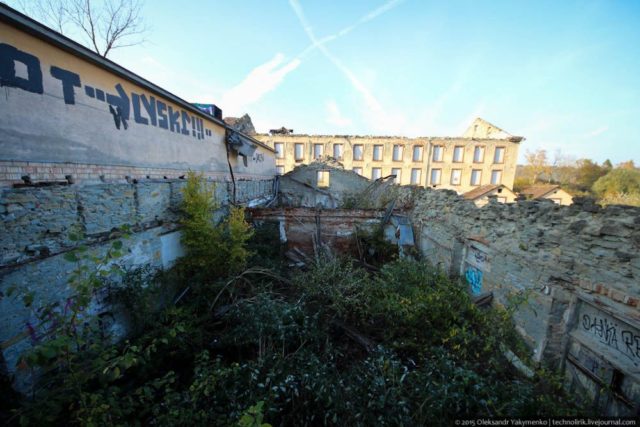
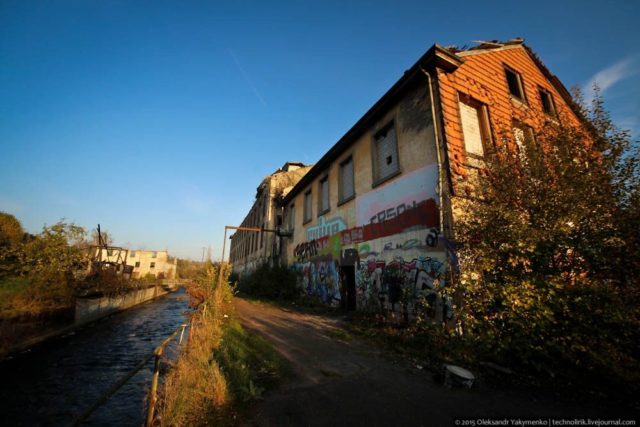
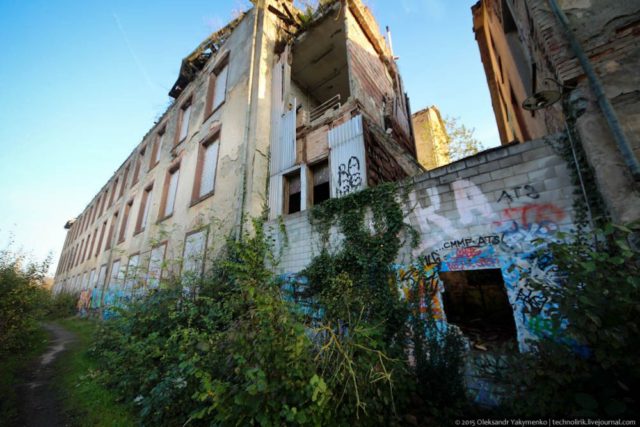
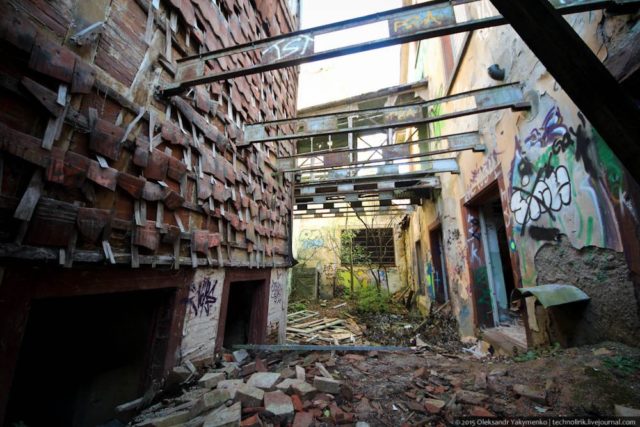
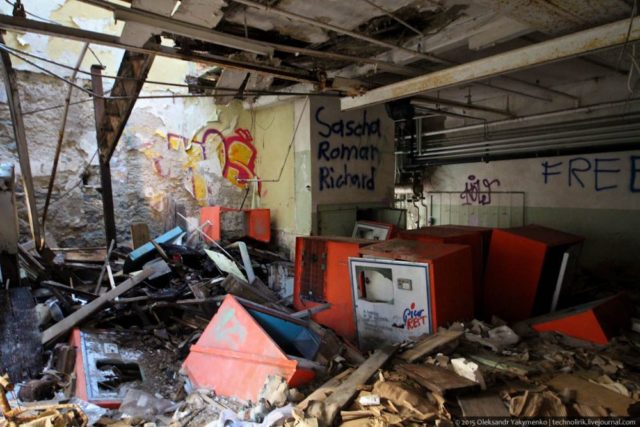
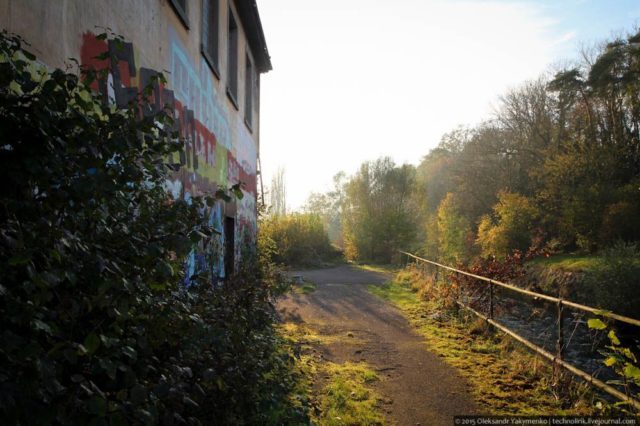
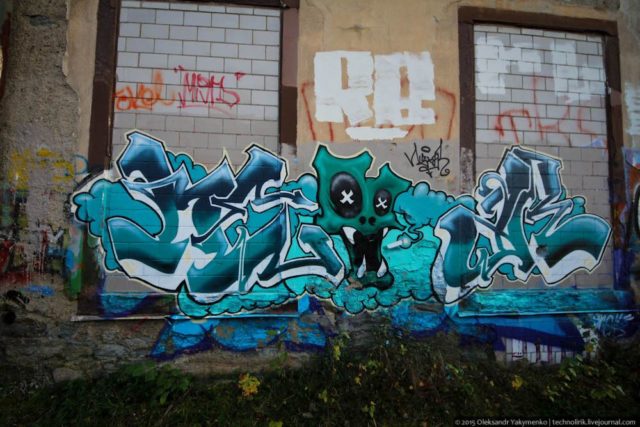
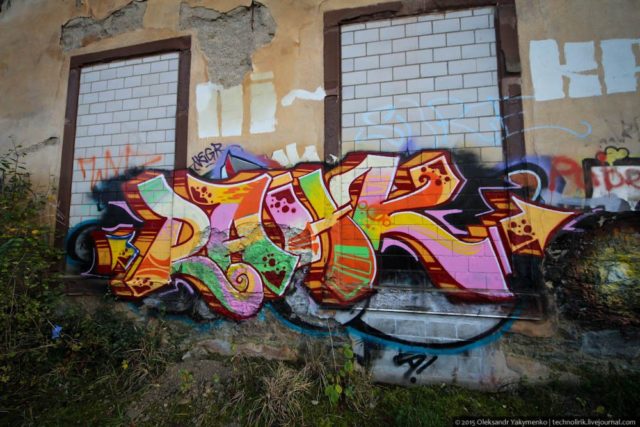
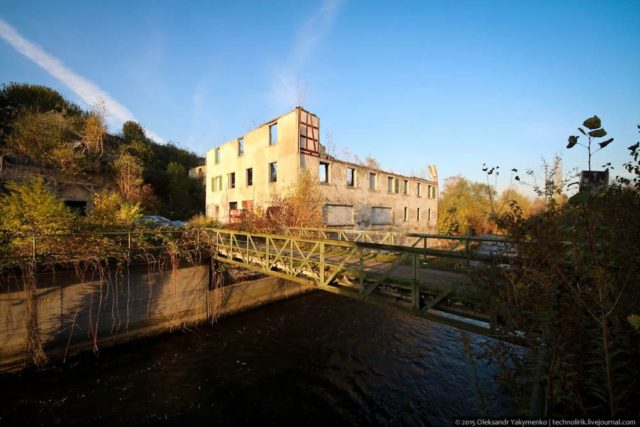
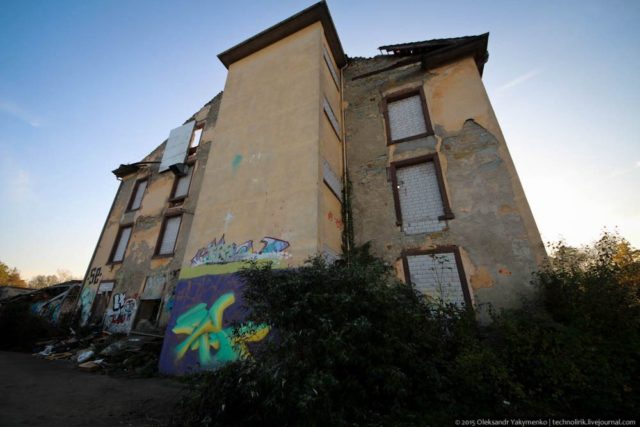
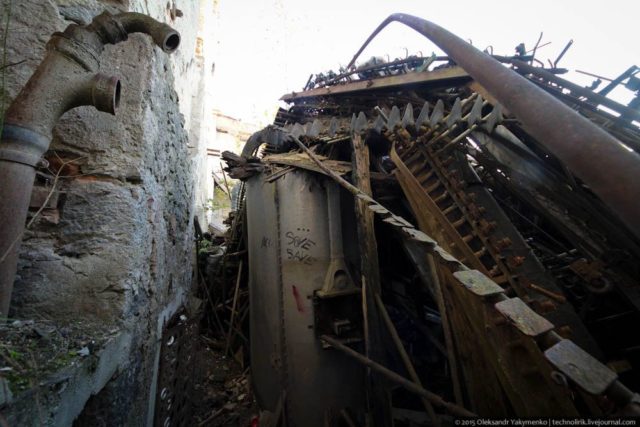
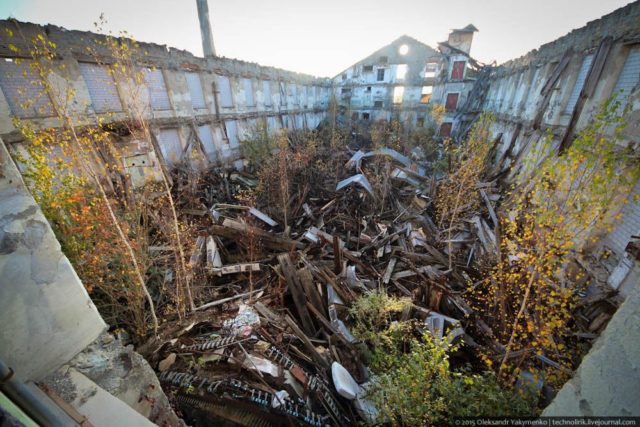
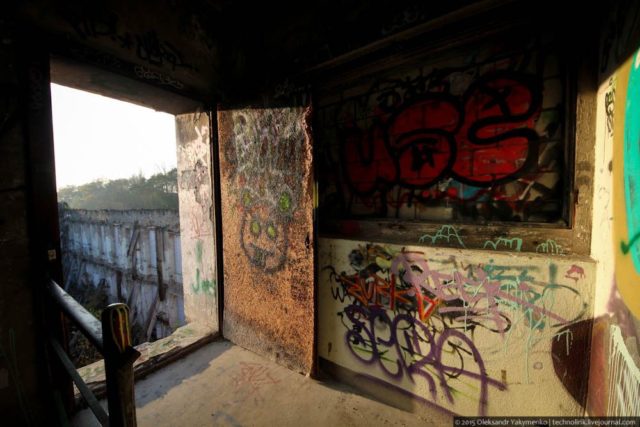
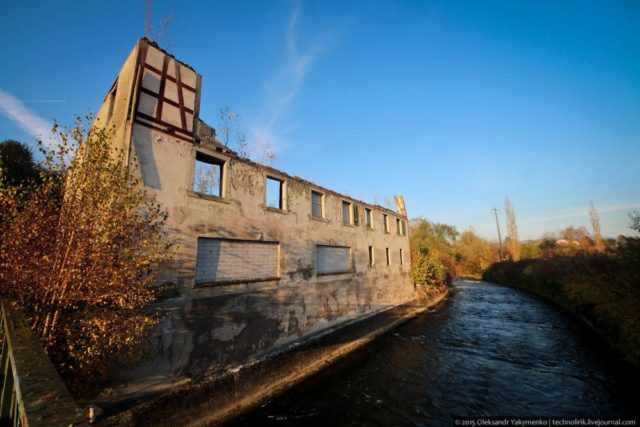
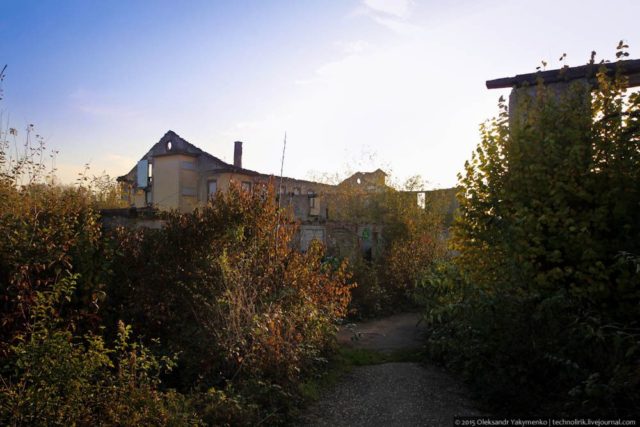
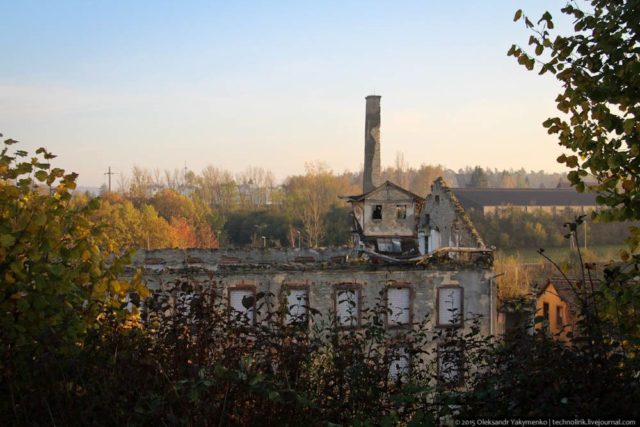
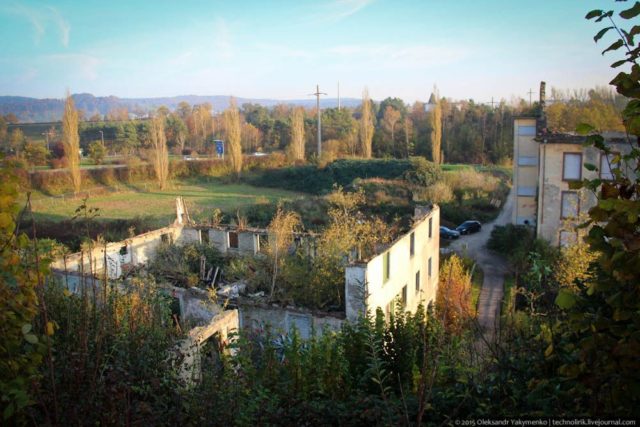
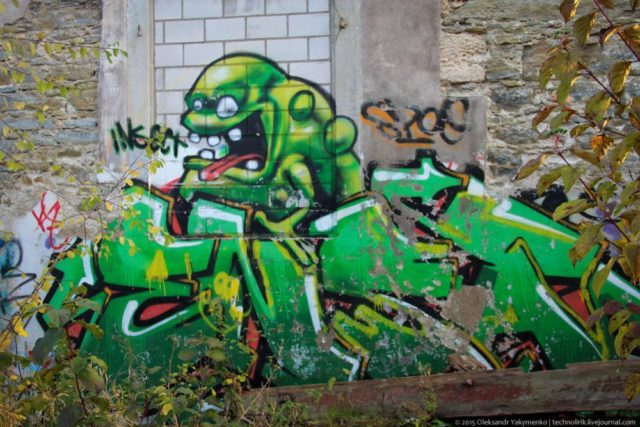
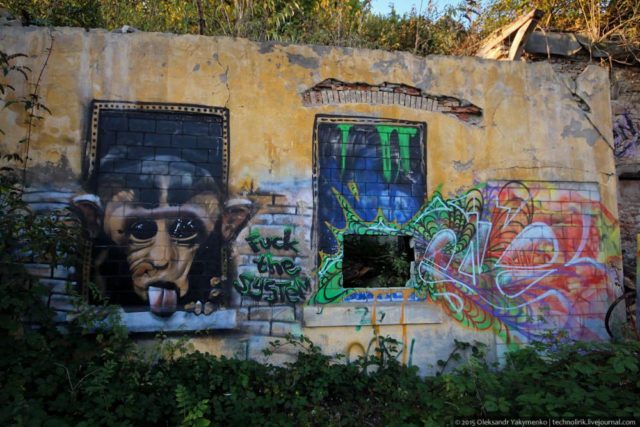
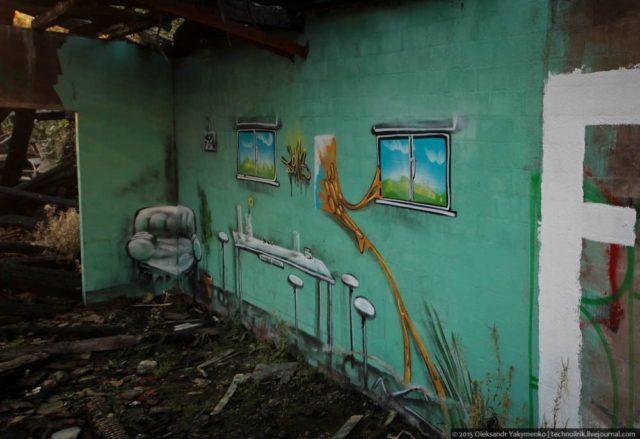
Another Article From Us: The Derelict Dundas Castle in New York
